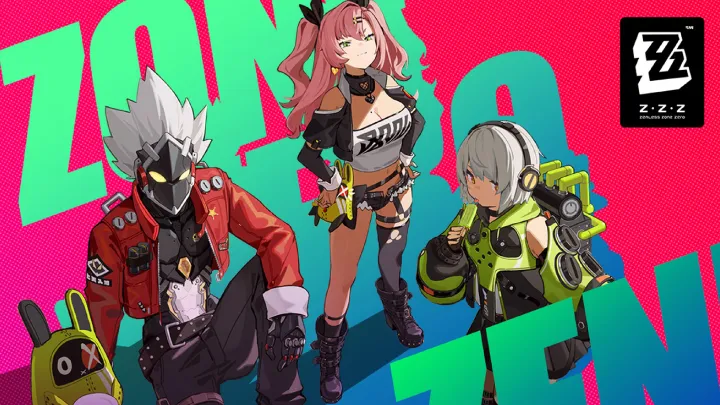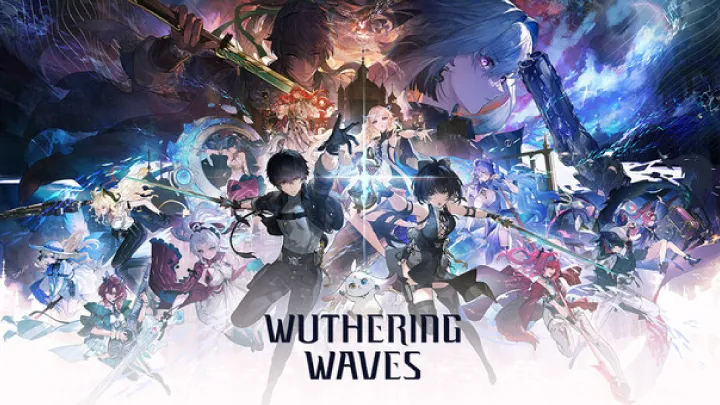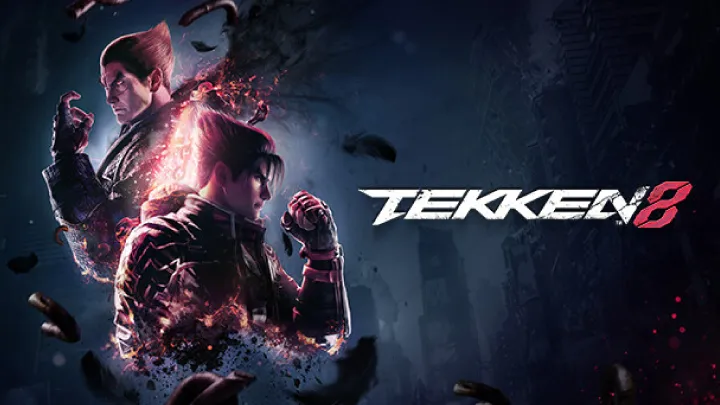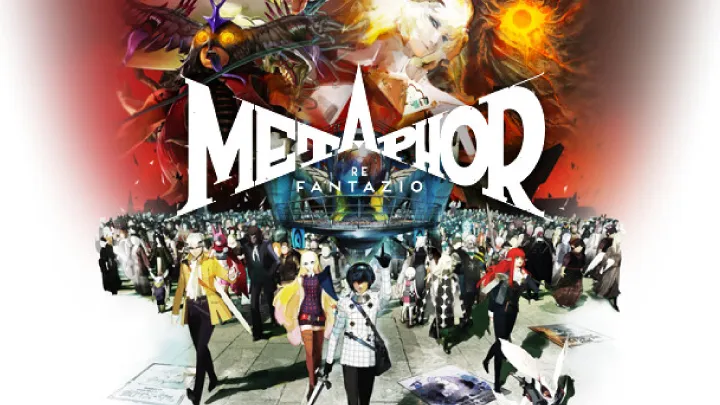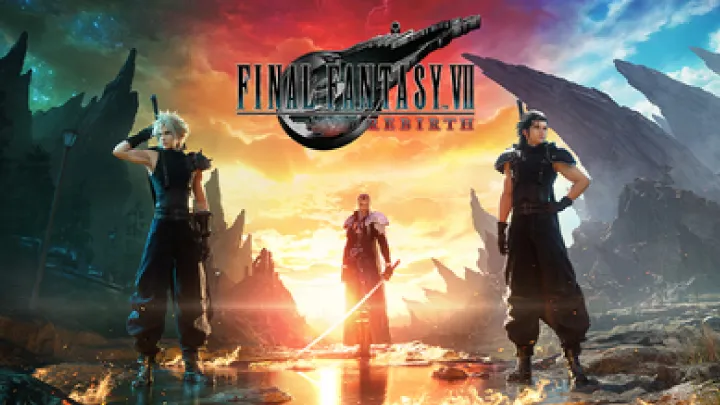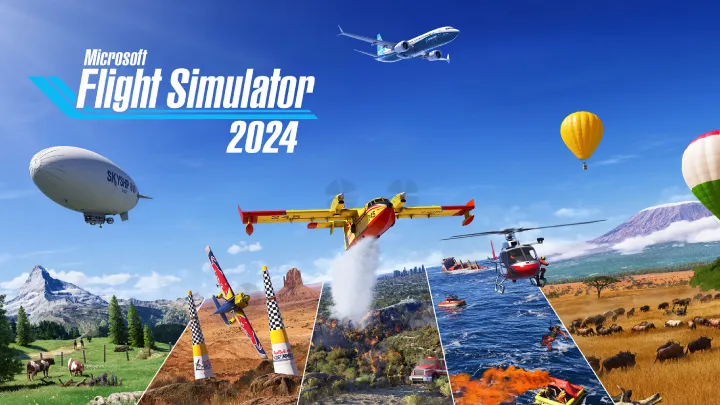Monster Train 2 is a strategic deck-building game that combines elements of roguelike mechanics, tower defense, and card strategy. Players are tasked with defending a train from relentless enemies while building and upgrading a powerful deck of monsters, spells, and artifacts. Success in Monster Train 2 requires understanding deck-building strategies, unit placement, resource management, and adapting to various enemy types.
This guide provides a complete walkthrough for beginners and advanced players, offering strategies for deck creation, combat, upgrades, and tactical decision-making.
Following this guide will allow players to optimize their decks, master combat, and progress efficiently through the increasingly difficult levels of Monster Train 2.
Section 1 Understanding the Core Mechanics
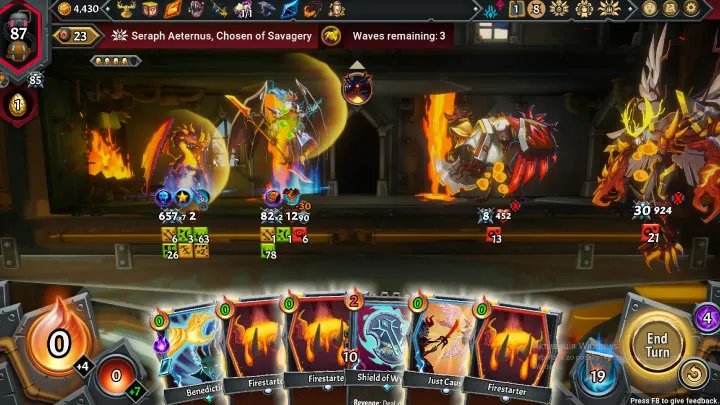
Before engaging in battles, it is important to understand the core mechanics of Monster Train 2. The game involves defending a train with multiple floors, placing units strategically, and casting spells to defeat enemies.
Players must manage Ember, the resource used to deploy units, and plan unit placement for maximum effect. Understanding how different unit abilities interact is crucial for success.
Additionally, each run features random elements such as relics, card upgrades, and enemy types. Familiarity with these mechanics allows players to adapt strategies and optimize their chances of victory.
Section 2 How to Choose Clans and Factions
Monster Train 2 features multiple clans, each with unique strengths, units, and abilities. Choosing the right clan affects the overall strategy and deck synergy.
Some clans excel in offense, others in defense, and some specialize in status effects or resource manipulation. Evaluating your preferred playstyle helps in selecting the optimal clan.
Combining clans through the game's dual-clan system allows for creative synergies. Understanding each clan's strengths and weaknesses is key to building a powerful deck.
Section 3 How to Build and Upgrade Your Deck
Deck-building is the core of Monster Train 2. Players need to choose units, spells, and upgrades that complement each other.
Focus on creating synergies between unit abilities, status effects, and spells. Upgrading cards improves their power and versatility.
Balancing the number of units, spells, and relics is crucial for long-term success. Avoid overly specialized decks that struggle against diverse enemies and scenarios.
Section 4 How to Master Floor and Unit Placement
Unit placement on train floors is critical for defense. Different units have unique attack ranges and abilities that affect enemy movement.
Strategically placing high-health units on lower floors and damage-dealing units on higher floors maximizes effectiveness. Combining area-of-effect and single-target units increases combat efficiency.
Adapt placement based on enemy composition and movement patterns. Observing enemy behaviors and adjusting floor strategies ensures higher survival rates.
Section 5 How to Use Spells and Relics Effectively
Spells provide additional offensive and defensive capabilities. Timing spell usage can turn the tide of battle.
Relics grant passive bonuses that enhance unit abilities, resource generation, and deck efficiency. Choosing the right relics complements your deck strategy.
Understanding interactions between spells, relics, and units allows players to exploit enemy weaknesses and maintain control over the battlefield.
Section 6 How to Manage Resources and Ember
Ember is the key resource for deploying units. Efficient Ember management ensures consistent pressure on enemies and sustained defense.
Plan deployments carefully to avoid running out of Ember early in battles. Reserve resources for critical situations or high-priority units.
Resource upgrades, card draw abilities, and relic effects improve Ember efficiency and overall deck performance, allowing for more strategic flexibility.
Section 7 How to Handle Boss Battles and Elite Enemies

Bosses and elite enemies present unique challenges. They often have high health, powerful abilities, and status effects that disrupt strategies.
Analyze their attack patterns and resistances before committing resources. Use spells and upgraded units strategically to mitigate damage.
Preparation through deck composition, relic selection, and floor placement is essential for surviving these encounters. Timing and adaptability often determine success.
Section 8 How to Explore the Map and Choose Paths
Monster Train 2 offers branching paths with rewards, battles, and challenges. Choosing optimal routes maximizes resources and upgrades.
Balance risk and reward by considering enemy difficulty, potential relics, and opportunities for card upgrades. Efficient path selection speeds up progression.
Some paths offer unique encounters or rare rewards that can significantly enhance your deck. Careful planning ensures long-term survival and strength.
Section 9 How to Adapt Strategies During Runs
Each run in Monster Train 2 is different due to randomized elements. Players must adapt to new card offerings, relics, and enemy types.
Flexibility in deck-building and strategy ensures that you can handle unforeseen challenges. Avoid rigid strategies that cannot accommodate new mechanics.
Monitoring floor performance, adjusting unit placement, and prioritizing upgrades during runs allows players to maintain control and optimize their chances of success.
Section 10 How to Achieve Mastery and Long-Term Success
Mastery in Monster Train 2 comes from understanding deck synergies, efficient unit placement, strategic use of spells, and resource management.
Continually refining strategies, experimenting with clans, and learning enemy patterns lead to improved performance. Consistent practice and analysis of failed runs enhance decision-making.
Players who combine tactical flexibility, careful planning, and optimal resource use will consistently progress through difficult levels and unlock the full depth and complexity of Monster Train 2.
Conclusion
Monster Train 2 offers an engaging blend of deck-building, tower defense, and roguelike mechanics. Mastering clans, deck building, floor placement, spells, and resources ensures efficient progression and victory. Following this guide allows players to strategically defeat enemies, optimize their decks, and fully experience the depth and strategy of Monster Train 2.
Summary
A complete guide to mastering deck-building, unit placement, spells, relics, and resources in Monster Train 2 for victory and long-term success.








